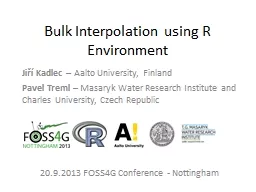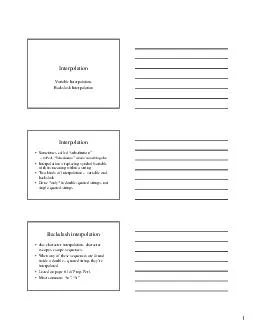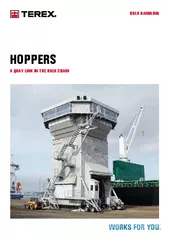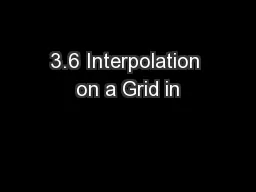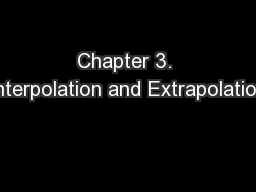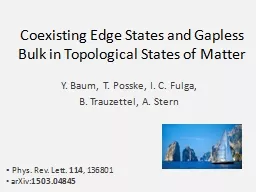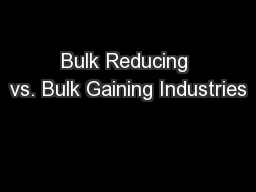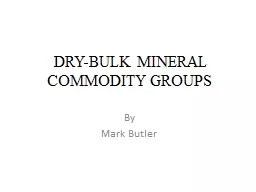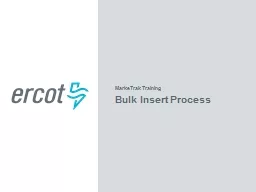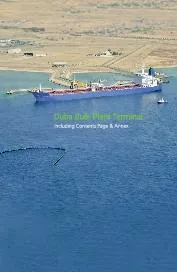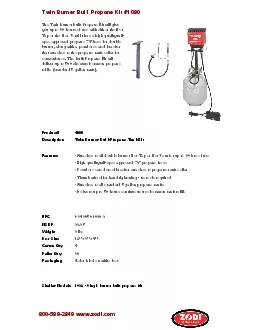PPT-Bulk Interpolation using R Environment
Author : myesha-ticknor | Published Date : 2016-05-15
Ji ří Kadlec Aalto University Finland Pavel Treml Masaryk Water Research Institute and Charles University Czech Republic 20 92013 FOSS4G Conference Nottingham
Presentation Embed Code
Download Presentation
Download Presentation The PPT/PDF document "Bulk Interpolation using R Environment" is the property of its rightful owner. Permission is granted to download and print the materials on this website for personal, non-commercial use only, and to display it on your personal computer provided you do not modify the materials and that you retain all copyright notices contained in the materials. By downloading content from our website, you accept the terms of this agreement.
Bulk Interpolation using R Environment: Transcript
Download Rules Of Document
"Bulk Interpolation using R Environment"The content belongs to its owner. You may download and print it for personal use, without modification, and keep all copyright notices. By downloading, you agree to these terms.
Related Documents

